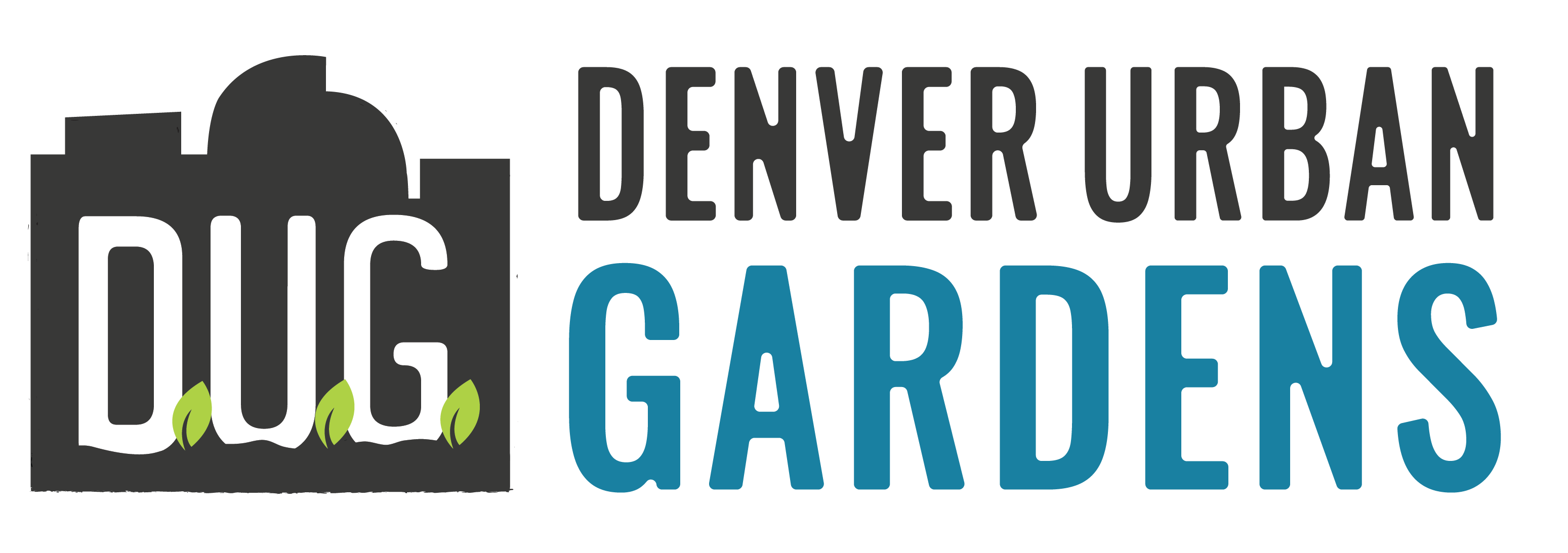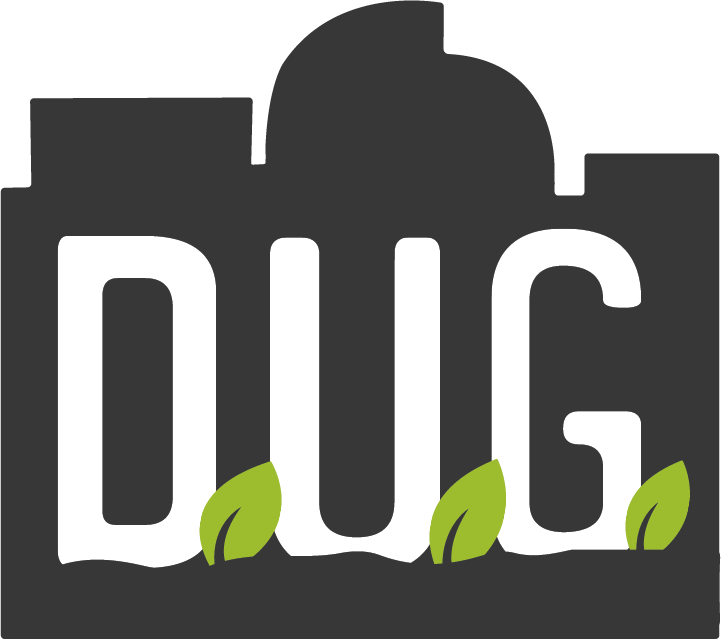Science Standards
Science has a natural link to garden-based education. Many of DUG’s lessons touch upon both earth and life science standards.
First Grade
Standard: GR.1-S.2-GLE.2 (An organism is a living thing that has physical characteristics to help it survive.)
Lessons:
Standard: GR.1-S.3-GLE.1 (Earth’s materials can be compared and classified based on their properties.)
Lessons:
Second Grade
Standard: GR.2-S.2-GLE.1 (Organisms depend on their habitat’s nonliving parts to satisfy their needs.)
Lessons:
- Seed Collecting
- Adapt a Seed
- Let’s Make Compost
- Introducing the Seed
- Dig In!
- Spring Planting
- The Big Four
- Our Soil
Standard: GR.2-S.2-GLE.2 (Each plant of animal has different structures or behaviors that serve different functions.)
Lessons:
- Seed Collecting
- Adapt a Seed
- What Are Whole Grains?
- Grocery Bag Botany
- Introducing the Seed
- What a Stem
- Rooting for Roots
- Leaves Make Food
Third Grade
Standard: GR.3-S.2-GLE.1 (The duration and timing of life cycle events such as reproduction and longevity vary across organisms and species.)
Lessons:
Standard: GR.3-S.3-GLE.1 (Earth’s materials can be broken down and/or combined into different materials such as rocks, minerals, rock cycle, formation of soil and sand—some of which are usable resources for human activity.)
Lessons:
Fourth Grade
Standard: GR.4-S.2-GLE.1 (All living things share similar characteristics, but they also have differences that can be described and classified.)
Lessons:
Standard: GR.4-S.2-GLE.3 (There is an interaction and interdependence between and among living and nonliving components of ecosystems.)
Lessons:
- Seed Collecting
- Adapt a Seed
- Introducing the Seed
- Dig In!
- Spring Planting
- The Big Four
- Our Soil
- Signs of Spring
Fifth Grade
Standard: GR.5-S.2-GLE.1 (All organisms have structures and systems with separate functions.)
Lessons:
- Seed Collecting
- Adapt a Seed
- What Are Whole Grains?
- Introducing the Seed
- What a Stem
- Rooting for Roots
- Leaves Make Food
- The Colors of Fruits and Vegetables
- The Big Four
- A for Vitamin A
Standard: GR.5-S.2-GLE.2 (Human body systems have basic structures, functions and needs.)
Lessons:
- Be Healthy!
- Healthy Bodies, Healthy Gardens
- My Plate
- Keep Me Running
- How Much?
- Fat Sandwiches
- Drinking Sugar
- Easy Ways to 5-A-Day
- What Are Whole Grains?
- Fun with Fiber
- The Colors of Fruits and Vegetables
Sixth Grade
Standard: GR.6-S.2-GLE.2 (Organisms interact with each other and their environment in various ways that create a flow of energy and cycling of matter in an ecosystem.)
Lessons:
Standard: GR.6-S.3-GLE.3 (Earths’ natural resources provide the foundation for human society’s physical needs. Many natural resources are nonrenewable on human timescales, while others can be renewed or recycled.)
Lessons:



